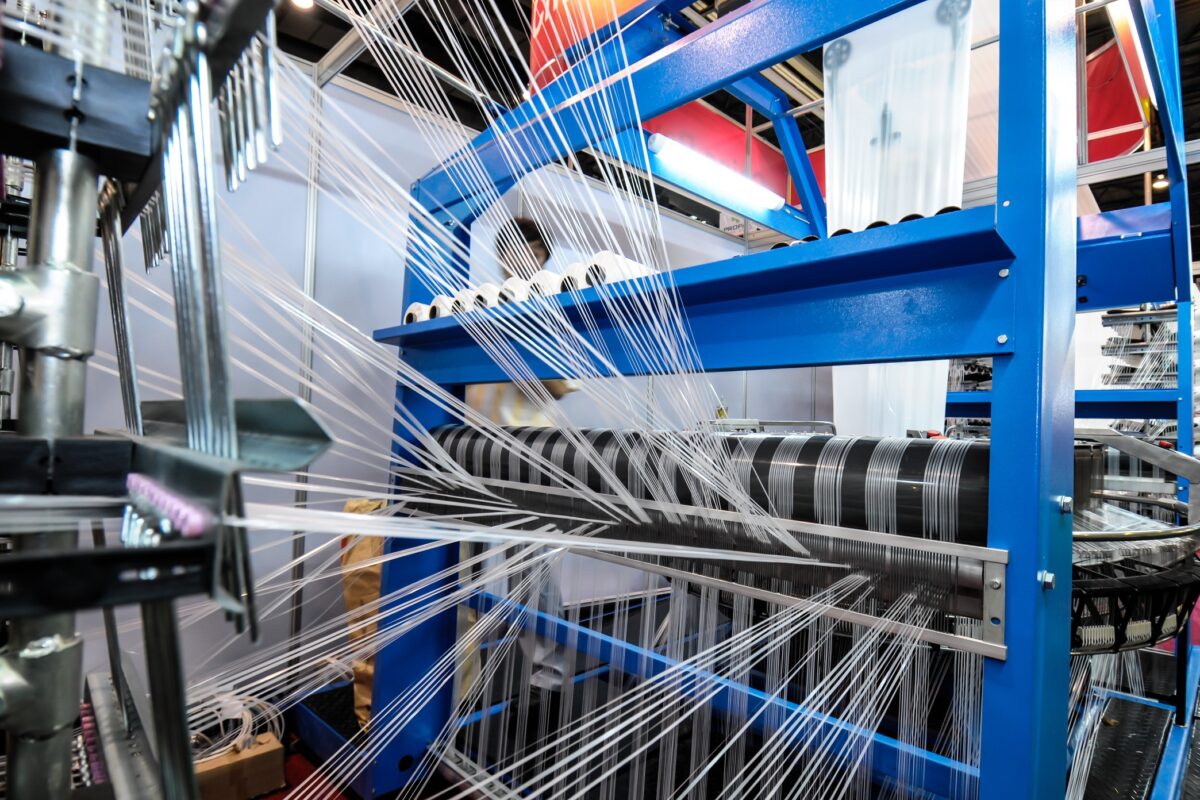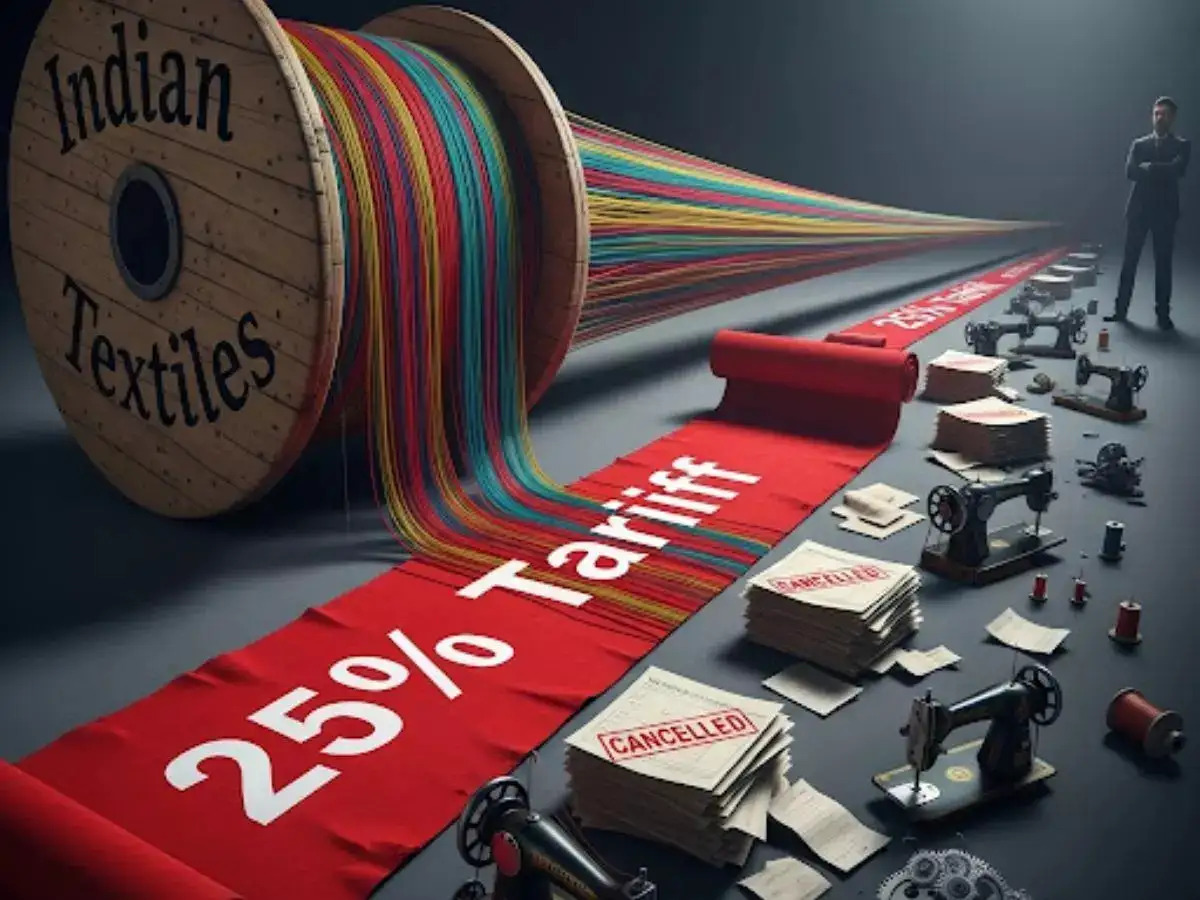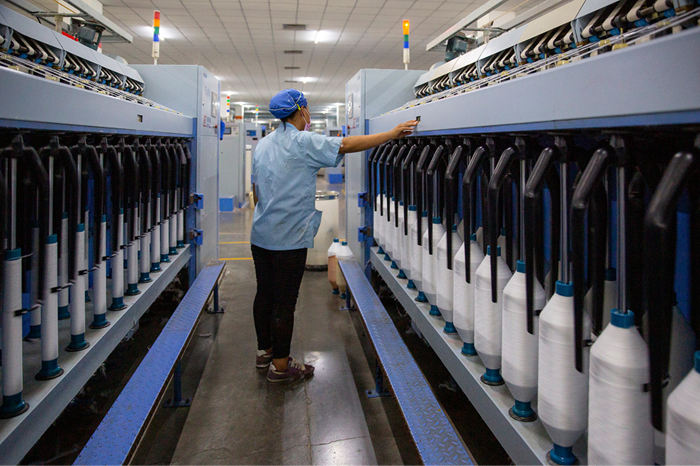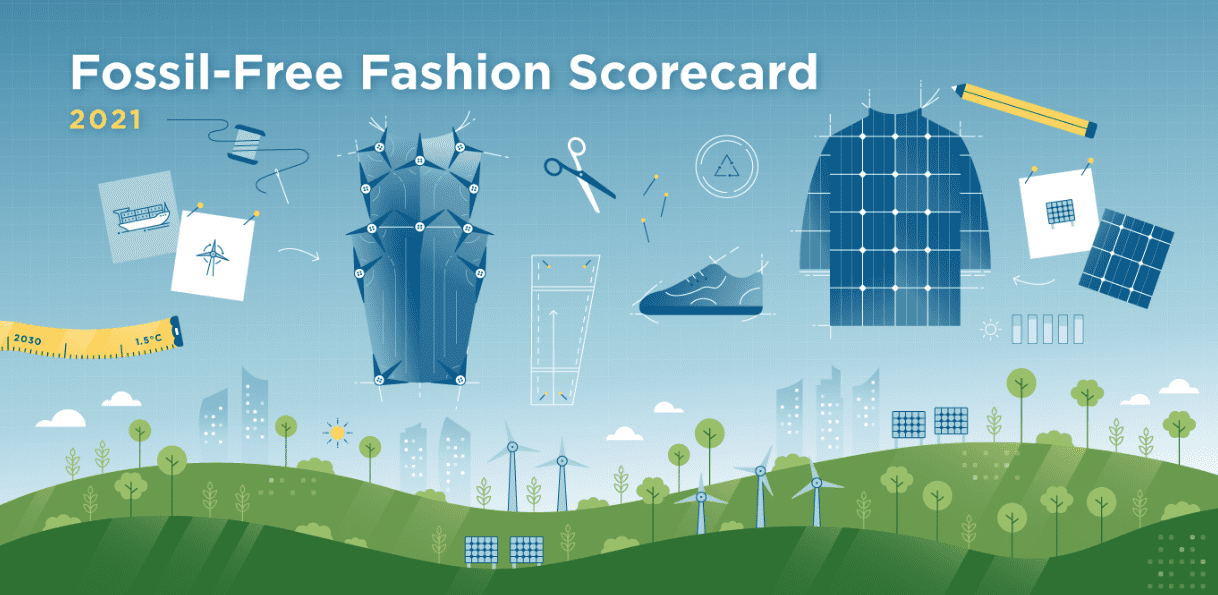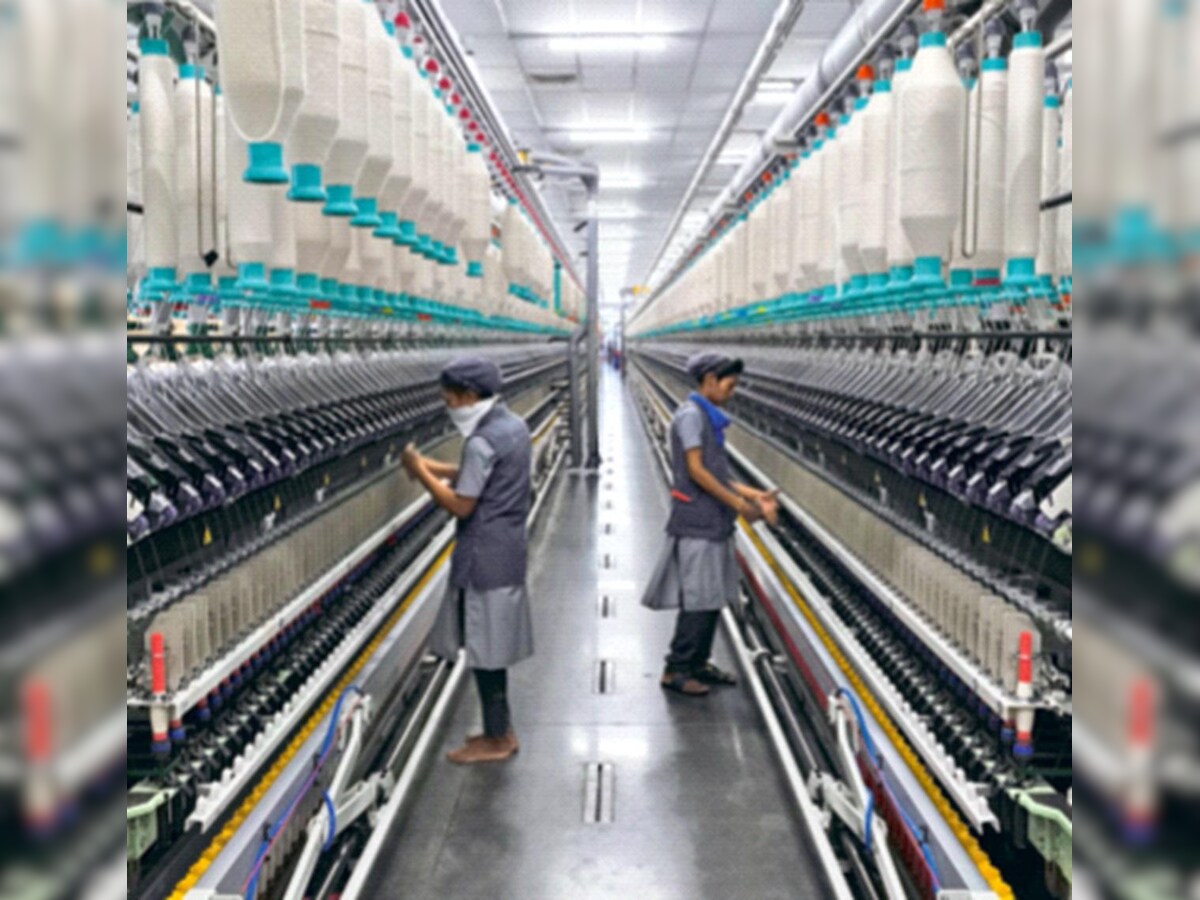FW
Nearly two years before the current safety assessment draws to a close, Bangladesh-based RMG manufacturers are eager to work out a strategy for the continuation of safe workplaces. The safety inspection by Accord, a platform of European buyers and Alliance, another platform of North-American buyers, will cease in June 2018. The two started inspection process in mid-2014 to improve electrical, fire and structural safety in the RMG sector in Bangladesh.
The Bangladesh Garment Manufacturers and Exporters Association (BGMEA) will table the issue at its next board meeting on October 29. The board is expected to discuss how it can maintain safety standard in the apparel industry through the adoption of an internally acceptable mechanism.
There was widespread public outcry over safety after the Rana Plaza factory disaster killed more than 1,135 workers and injured over 2,500 people on April 24, 2013. The next year, the Accord on Fire and Building safety and Alliance for Bangladesh Worker Safety took a five-year initiative to improve fire, electrical and building safety standard in RMG factories from which their members source products.
Bangladesh Garment Manufacturers and Exporters Association (BGMEA) vice-president Mahmud Hasan Khan Babu said that after the expiry of inspection procedure by Accord and Alliance, it should be sustainable and there should be regular monitoring. The Association will have to have a nationally and internationally acceptable mechanism that will look into the safety assessment after the inspection follow-up and make sure that the factory is monitored as per the set parameter, Babu noted.
The American Association of Textile Chemicals and Colorists (AATCC) has partnered Speciality Graphic Imaging Association (SGIA) to offer a unique educational conference ‘Digital Textile Printing: The Future is Now’. It would be held at the Sheraton Imperial Hotel in Durham, NC, USA on December 6 and 7. The program will culminate with a session focusing on case studies and business models.
Award winning textile designer Alexander Julian will share his digital journey, beginning with his first explorations of digital textile printing in 1990. While he relates his story, attendees will have the opportunity to see and hear how technology has enabled his business and vision.
Gart Davis, Spoonflower’s CEO, will share his vision for digital manufacturing. Davis will discuss how forces alive in our current market can be harnessed to deliver a more collaborative, environmentally sustainable and diverse textile industry from the web to high-end fashion houses. Based on his experiences as co-founder of Lulu.com and Spoonflower.com, two businesses driven by creative communities and digital manufacturing, Davis will explore how the combination of creative communities, imaging technologies, and on-demand manufacturing are taking shape, as well as some of the challenges. He will share a few examples of the wins and reversals from efforts at Spoonflower and its sister brands, Sprout Patterns and Roostery.
Additional sessions will focus on cutting edge technology, product performance, research snapshot, and designing for digital. The two-day event will deliver unprecedented content to conference registrants who will leave with a wealth of understanding and inspiration to take back to their respective jobs.
The 75th plenary meeting of International Cotton Advisory Committee (ICAC) is scheduled in Islamabad from October 30 to November 4. This was disclosed by Professor Iqrar Ahmad Khan, Vice Chancellor, University of Agricultural Faisalabad (UAF). He said that since the real economic strength of Pakistan was textile, hence the ICAC would have to play a major role in international cotton production ranking and strategy.
Talking on ICAC meet, he said its participants would also visit Faisalabad to personally witness the achievements of the textile sector in Faisalabad which was earning $6 billion for the country. Commenting on the development, Khan said that predominantly Pakistan is an agricultural country. Last year, after the country’s cotton crop collapsed due to various reasons the industry had to suffer a colossal loss of up to Rs 5 billion

Graced by Union Textile Minister, Smriti Irani and Kavita Gupta, Textile Commissioner, ‘Texprocil Export Award’ celebrated excellence of textile companies in yarns, fabrics and textiles. In her speech, Irani indicated that made-ups and home textile sector may be covered under another special package similar to Rs 6000 crores special package announced for garment sector.
She further stated that Prime Minister Narendra Modi has a vision of doubling the income of farmers by 2022. "We are happy the farm yield has already increased and the country hopes to become a leading producer of cotton,” she said. Irani, later distributed the awards for excellence in exports of yarns, fabrics and home textiles. Leading textile companies like Welspun Global Brands, Vardhman Textiles, Trident, Alok Industries, Arvind, Loyal Textiles, GTN Textiles, Premier Mills, Paramount Textiles, SEL Group, Lahoti Overseas among others, were some of the recipients.

R K Dalmia, Chairman, Texprocil in his opening remarks congratulated all award winners for facing the challenges of slow global demand and intense price pressures to emerge leaders in their respective line of businesses during the year 2015-16. He said that as per a recent WTO forecast, global trade volumes would rise only by 1.7 per cent this year. This would be the slowest increase since the 2008 financial crisis and the first time in 15 years that global trade has grown more slowly than world GDP, he added.
Dalmia complimented the government on the announcement of special package of Rs 6000 crores for the apparel sector which he said was bearing fruit as the September export figures for apparel showed a growth of 12 per cent compared to a downward trend for most other sectors.
The chairman stressed that this special package also needed to be extended to the made-ups and home textile sector as these sectors are equally, if not more labour intensive much like the apparel sector. He also said that it will act as a pull factor for increased consumption of fiber, yarns and fabric produced domestically. Besides complimenting the government on GST to be introduced from April 2017, Dalmia also emphasized that raw materials, especially cotton should be available at international prices or lower.
FTA negotiations
Dalmia stressed, another critical area where the government needs to move with vigour is to expedite the negotiation of Free Trade Agreements with EU, Australia and Canada. In countries like Turkey and China, high discriminatory tariff was posing a challenge in market access into those countries. The chairman pointed out that cotton textiles of HS Chapter 52 was the single largest contributor accounting for almost 20 per cent of our exports to China and if duties were reduced they had the potential to reduce India’s trade deficit with that country.
Dalmia opined the spinning sector was going through rough times and is looking up to the government for help and support. Inclusion of cotton yarn in the MEIS and extending the interest equalization scheme to merchant exporters will go a long way in reducing stress levels in spinning sector as well as increasing exports. The reimbursements of State and Central levies along with labour reforms will strengthen the textile and apparel sector by improving its cost competitiveness in the global market.
Considering that the textile sector is a low margin industry, introduction of such packages can lead to an exponential leap in export performance. This can be seen from the fact that in September 2016 export of garments showed a 12 per cent growth despite a downward trend for most other sectors.
Every year the Texprocil recognises the role played by exporters by giving out awards in different categories. This year the Council gave away 73 awards in 32 different categories, including the coveted gold trophy for the highest global exports. Texprocil’s awards are recognised world over by textile importers and hence exporters attach high importance to these awards. For 2015-16, the Council members exported $ 10.95 billion worth of cotton textiles and the Council has targeted $14 billion worth of exports for the current financial year i.e. 2016-17.
At a time when low volumes have forced buyers to increase activity to feed early stage processing machinery, the Australian wool market held its ground and continued to strengthen last week. Wool prices moved upward despite stronger local currency with the Australian dollar increasing from its low of US75.85c early last week to a high of US77.25c . Consequently the EMI rose by 13c in local terms, but a significantly higher 29c in US dollar.
All superfine wool types rose steadily but the strongest rise were seen in the medium Merino types as buyers sought quantity to keep their mill machinery turning. The medium Merino categories increased by as much as 30c, as did the skirting types and cardings being used mainly for knitwear production. Crossbred wools failed to generate the same interest and closed the week more or less unchanged.
Currency movements often play a large part in wool market direction over the short term, with many buying limits being provided to an exporter in US dollars and only converted as lots are purchased or at the end of a sale day. For much of last year, the wool market was supported by a lower exchange rate – at least in terms of prices received by Australian woolgrowers – and to date this year has not provided the same benefit. Since July the currency has been trading in a range of more or less 75c-77c and firmer commodity prices have prevented the Australian dollar from falling further despite the strengthening value of the US dollar.
At a time when low volumes have forced buyers to increase activity to feed early stage processing machinery, the Australian wool market held its ground and continued to strengthen last week. Wool prices moved upward despite stronger local currency with the Australian dollar increasing from its low of US75.85c early last week to a high of US77.25c . Consequently the EMI rose by 13c in local terms, but a significantly higher 29c in US dollar.
All superfine wool types rose steadily but the strongest rise were seen in the medium Merino types as buyers sought quantity to keep their mill machinery turning. The medium Merino categories increased by as much as 30c, as did the skirting types and cardings being used mainly for knitwear production. Crossbred wools failed to generate the same interest and closed the week more or less unchanged.
Currency movements often play a large part in wool market direction over the short term, with many buying limits being provided to an exporter in US dollars and only converted as lots are purchased or at the end of a sale day. For much of last year, the wool market was supported by a lower exchange rate – at least in terms of prices received by Australian woolgrowers – and to date this year has not provided the same benefit. Since July the currency has been trading in a range of more or less 75c-77c and firmer commodity prices have prevented the Australian dollar from falling further despite the strengthening value of the US dollar.
At a time when low volumes have forced buyers to increase activity to feed early stage processing machinery, the Australian wool market held its ground and continued to strengthen last week. Wool prices moved upward despite stronger local currency with the Australian dollar increasing from its low of US75.85c early last week to a high of US77.25c . Consequently the EMI rose by 13c in local terms, but a significantly higher 29c in US dollar.
All superfine wool types rose steadily but the strongest rise were seen in the medium Merino types as buyers sought quantity to keep their mill machinery turning. The medium Merino categories increased by as much as 30c, as did the skirting types and cardings being used mainly for knitwear production. Crossbred wools failed to generate the same interest and closed the week more or less unchanged.
Currency movements often play a large part in wool market direction over the short term, with many buying limits being provided to an exporter in US dollars and only converted as lots are purchased or at the end of a sale day. For much of last year, the wool market was supported by a lower exchange rate – at least in terms of prices received by Australian woolgrowers – and to date this year has not provided the same benefit. Since July the currency has been trading in a range of more or less 75c-77c and firmer commodity prices have prevented the Australian dollar from falling further despite the strengthening value of the US dollar.
At a time when low volumes have forced buyers to increase activity to feed early stage processing machinery, the Australian wool market held its ground and continued to strengthen last week. Wool prices moved upward despite stronger local currency with the Australian dollar increasing from its low of US75.85c early last week to a high of US77.25c . Consequently the EMI rose by 13c in local terms, but a significantly higher 29c in US dollar.
All superfine wool types rose steadily but the strongest rise were seen in the medium Merino types as buyers sought quantity to keep their mill machinery turning. The medium Merino categories increased by as much as 30c, as did the skirting types and cardings being used mainly for knitwear production. Crossbred wools failed to generate the same interest and closed the week more or less unchanged.
Currency movements often play a large part in wool market direction over the short term, with many buying limits being provided to an exporter in US dollars and only converted as lots are purchased or at the end of a sale day. For much of last year, the wool market was supported by a lower exchange rate – at least in terms of prices received by Australian woolgrowers – and to date this year has not provided the same benefit. Since July the currency has been trading in a range of more or less 75c-77c and firmer commodity prices have prevented the Australian dollar from falling further despite the strengthening value of the US dollar.
At a time when low volumes have forced buyers to increase activity to feed early stage processing machinery, the Australian wool market held its ground and continued to strengthen last week. Wool prices moved upward despite stronger local currency with the Australian dollar increasing from its low of US75.85c early last week to a high of US77.25c . Consequently the EMI rose by 13c in local terms, but a significantly higher 29c in US dollar.
All superfine wool types rose steadily but the strongest rise were seen in the medium Merino types as buyers sought quantity to keep their mill machinery turning. The medium Merino categories increased by as much as 30c, as did the skirting types and cardings being used mainly for knitwear production. Crossbred wools failed to generate the same interest and closed the week more or less unchanged.
Currency movements often play a large part in wool market direction over the short term, with many buying limits being provided to an exporter in US dollars and only converted as lots are purchased or at the end of a sale day. For much of last year, the wool market was supported by a lower exchange rate – at least in terms of prices received by Australian woolgrowers – and to date this year has not provided the same benefit. Since July the currency has been trading in a range of more or less 75c-77c and firmer commodity prices have prevented the Australian dollar from falling further despite the strengthening value of the US dollar.
At a time when low volumes have forced buyers to increase activity to feed early stage processing machinery, the Australian wool market held its ground and continued to strengthen last week. Wool prices moved upward despite stronger local currency with the Australian dollar increasing from its low of US75.85c early last week to a high of US77.25c . Consequently the EMI rose by 13c in local terms, but a significantly higher 29c in US dollar.
All superfine wool types rose steadily but the strongest rise were seen in the medium Merino types as buyers sought quantity to keep their mill machinery turning. The medium Merino categories increased by as much as 30c, as did the skirting types and cardings being used mainly for knitwear production. Crossbred wools failed to generate the same interest and closed the week more or less unchanged.
Currency movements often play a large part in wool market direction over the short term, with many buying limits being provided to an exporter in US dollars and only converted as lots are purchased or at the end of a sale day. For much of last year, the wool market was supported by a lower exchange rate – at least in terms of prices received by Australian woolgrowers – and to date this year has not provided the same benefit. Since July the currency has been trading in a range of more or less 75c-77c and firmer commodity prices have prevented the Australian dollar from falling further despite the strengthening value of the US dollar.




